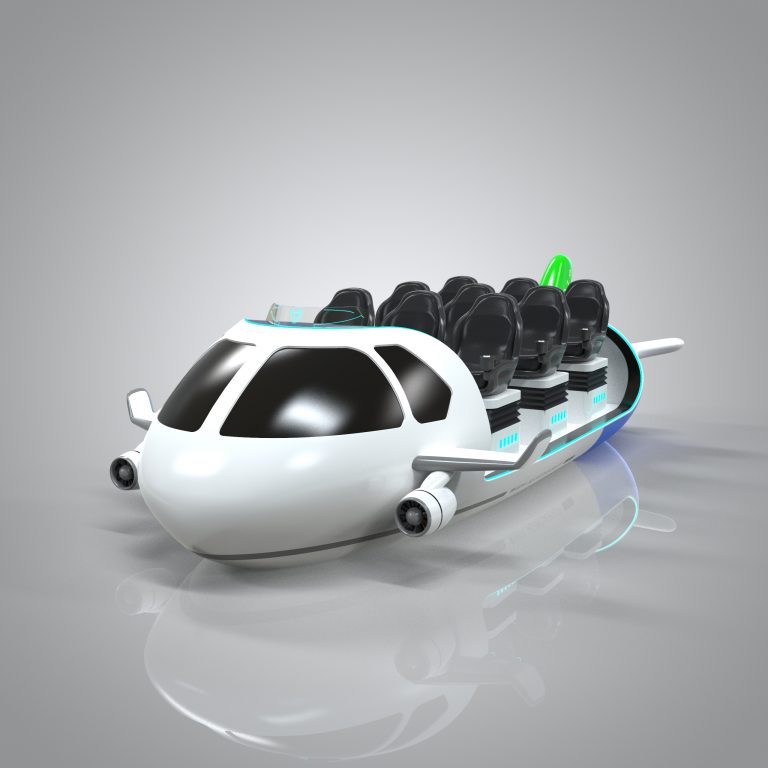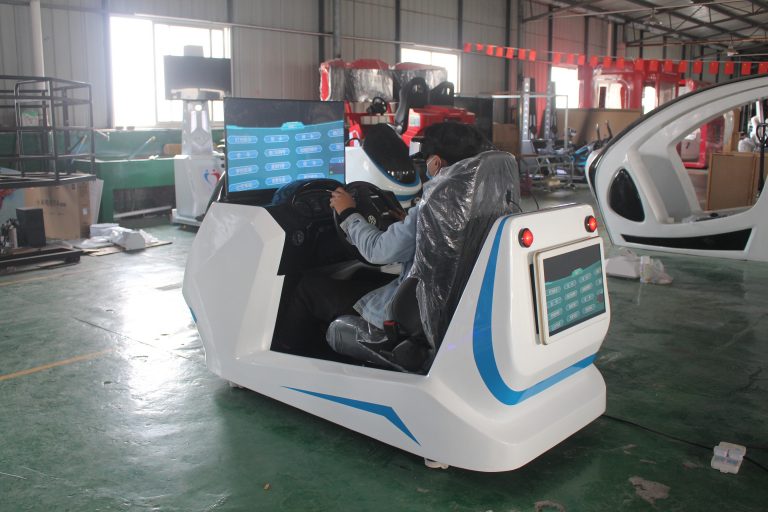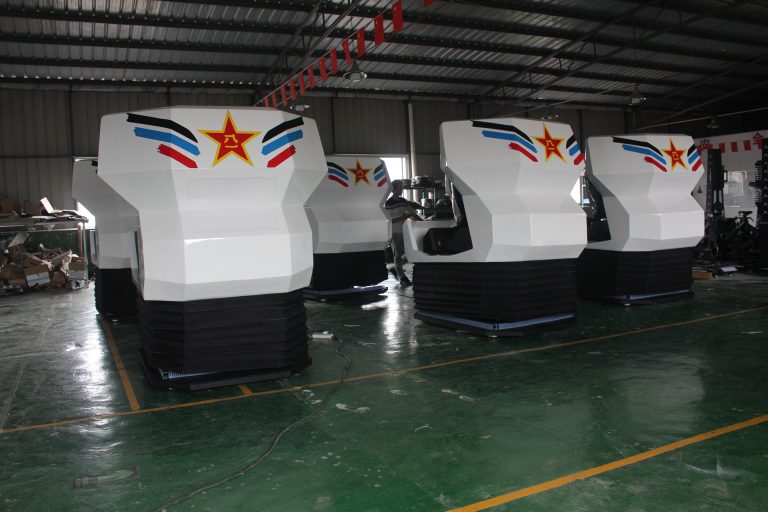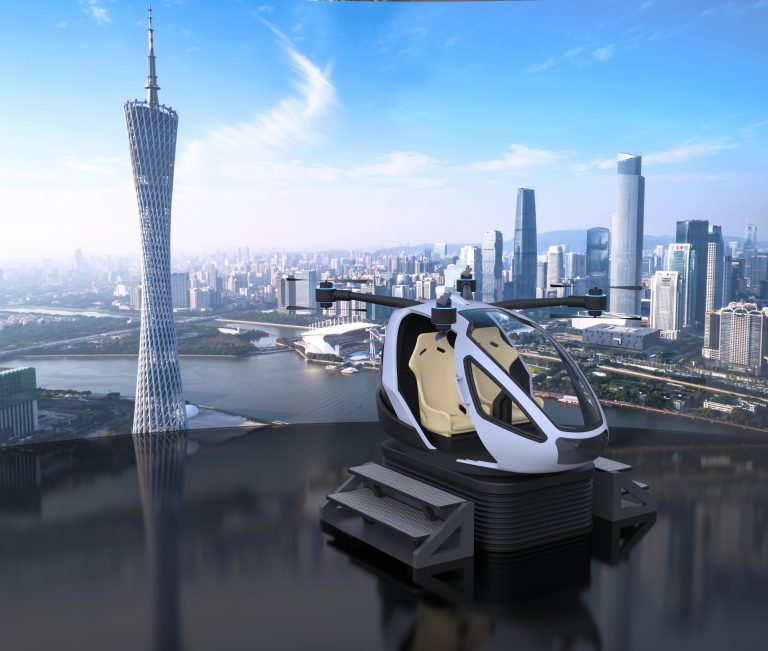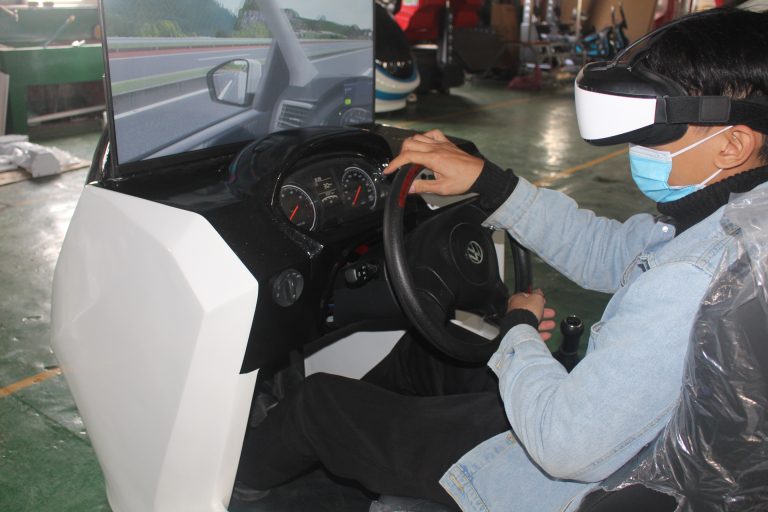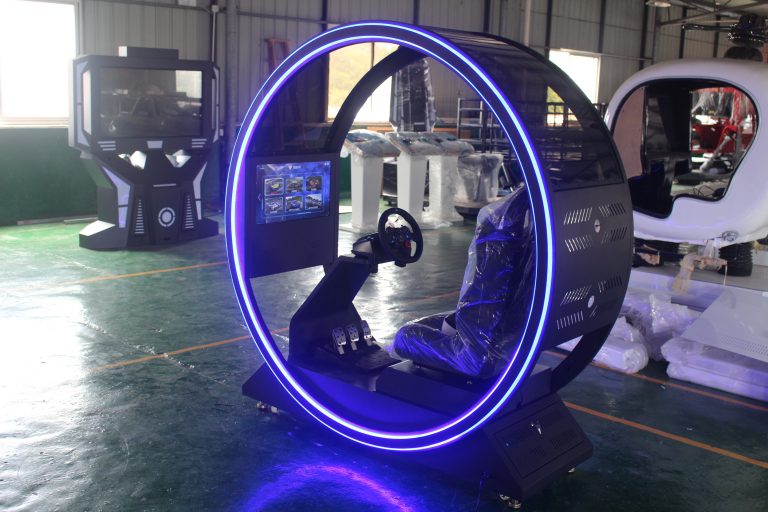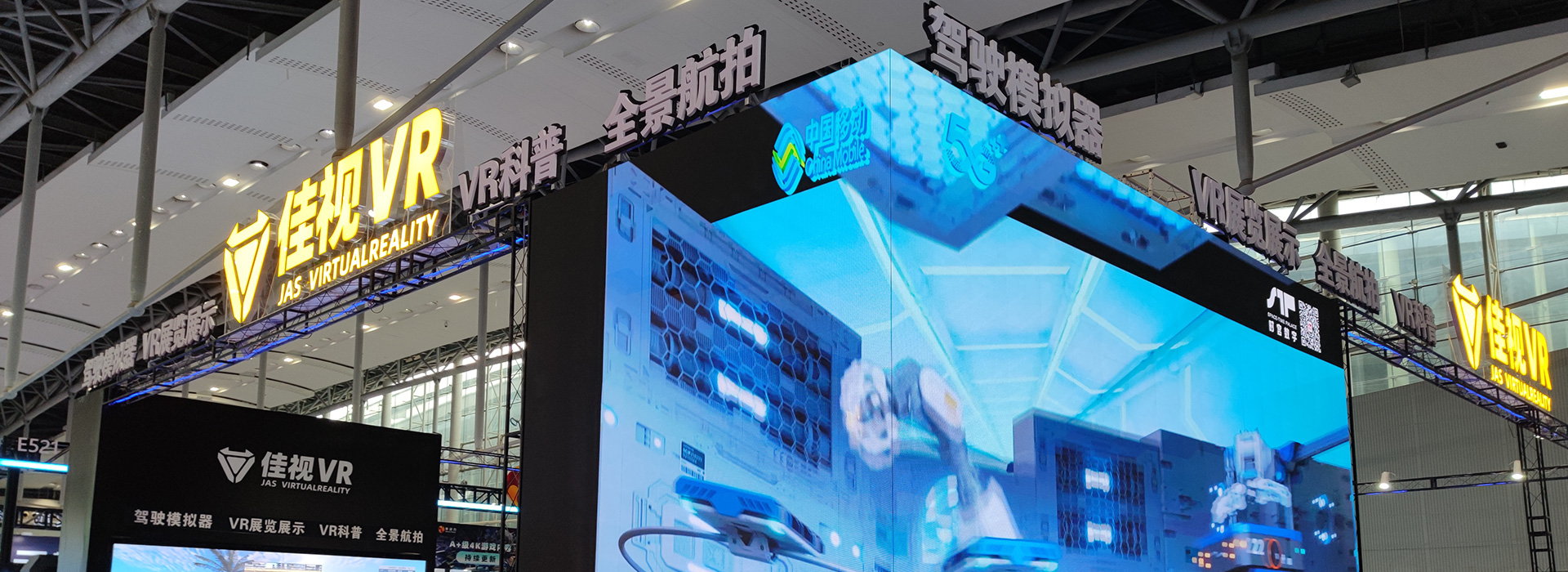
The Profound Impact of Driving Simulators on the Automotive, Aviation, and Maritime Industries
In the era of rapid development of intelligent transportation and automation technologies, driving simulators have become essential tools for the research, development, training, and safety assurance of transportation vehicles. From autonomous driving testing in the automotive industry to virtual training for pilots in the aviation sector, and the simulation of complex vessel handling scenarios in the maritime industry, simulator technology significantly reduces costs, risks, and time consumption by accurately replicating real-world operating environments. This article systematically explores the revolutionary impact of driving simulators on these three major transportation sectors from the perspectives of technical implementation, industry applications, economic value, and future trends.
I. Core Technologies and Development Background of Driving Simulators
The primary function of a driving simulator is to simulate the dynamic behavior of vehicles and external environments through a computer-generated virtual environment (VE) and real-time interaction systems. Its technological development has evolved from simple mechanical models to high-precision digital platforms:
1. Hardware Components
- Motion Platform: A six-degree-of-freedom (6-DOF) hydraulic or electric system simulates acceleration, tilt, and bumps.
- Visual System: Multi-projector surround screens or VR headsets provide a field of view exceeding 120° with resolutions up to 4K.
- Control Devices: High-precision steering wheels, joysticks, and pedals with force feedback technology.
- Environmental Perception Modules: Integrated LiDAR, cameras, and weather simulation systems replicate complex conditions such as rain, snow, and nighttime.
2. Software Systems
- Dynamic Models: Based on Newtonian mechanics and fluid dynamics, these models precisely calculate the acceleration, steering, and aerodynamic/hydrodynamic characteristics of vehicles.
- Scenario Engine: Supports real-time rendering of dynamic traffic flow, terrain changes, and emergencies (e.g., collisions, mechanical failures).
- AI Algorithms: Machine learning generates virtual pedestrians, other vehicles, or drone behaviors to enhance scenario realism.
3. Technological Trends
- Virtual-Real Fusion: Digital twin technology synchronizes virtual simulations with real-world data for predictive maintenance.
- Cloud Computing Collaboration: Distributed simulations allow users worldwide to participate in the same virtual test scenarios simultaneously.
II. Applications and Impact of Driving Simulators in the Three Major Industries
(1) Automotive Industry: Accelerating Autonomous Driving R&D and Safety Testing
- Autonomous Driving Algorithm Validation
- Traditional road testing requires covering hundreds of millions of kilometers to validate algorithm reliability, whereas simulators can achieve the same scale of virtual testing within months. For example, Waymo’s simulation platform, Carcraft, has accumulated over 20 billion virtual test miles.
- Simulators replicate extreme scenarios (e.g., sudden pedestrian crossings, tire blowouts) that are difficult to encounter in real-world testing.
- HMI (Human-Machine Interface) Optimization
- Simulators test driving cabin interactions under various lighting and noise conditions to optimize dashboard design and voice command response times.
- Tesla’s “virtual driver” testing system simulates the driving habits of millions of users to refine UI design.
- Cost Reduction in R&D
- Reduces the need for physical prototypes, shortening development cycles. BMW reports that simulators have cut autonomous driving system development costs by 30%.
- Safety and Regulatory Compliance
- The EU’s New Car Assessment Program (Euro-NCAP) requires automakers to validate AEB (Automatic Emergency Braking) functionality through simulations, driving industry standardization.
(2) Aviation Industry: Core Tool for Pilot Training and Flight Safety
- Initial Pilot Training
- Full-flight simulators (e.g., CAE’s 737 MAX full-motion simulator) replicate takeoff, landing, and instrument flying procedures, enabling trainees to complete thousands of hours of training without fuel costs. Boeing studies show simulator training improves pilots’ emergency response times by 40%.
- Complex Weather and Emergency Scenario Drills
- Simulates thunderstorms, icing, and engine failures, avoiding high-risk operations in real flights.
- The Civil Aviation Administration of China mandates that pilots complete at least six emergency procedure assessments annually via simulators.
- Aircraft Design and Airworthiness Validation
- Airbus uses simulators to test the aerodynamic performance of the A350, optimizing wing design to reduce fuel consumption.
- The FAA requires new aircraft models to complete over 2,000 hours of virtual flight testing before certification.
- Economic Advantages
- A high-end flight simulator costs approximately $10 million but replaces tens of millions of dollars in annual real-flight training expenses.
(3) Maritime Industry: Revolutionizing Navigation Training and Voyage Safety
- Maritime Simulators
- Combining radar, ECDIS (Electronic Chart Display and Information System), and GMDSS (Global Maritime Distress and Safety System), simulators replicate port entries, narrow waterway navigation, and collision avoidance.
- DNV, a Norwegian classification society, certifies simulators used by 90% of global large shipping companies.
- Ship Design and Maneuverability Analysis
- Simulates vessel performance under different loads, draft depths, and rudder efficiency to optimize hull design.
- China’s “Smart Ship 1.0” project validated autonomous navigation algorithms via simulators, reducing human error.
- Polar and Extreme Environment Training
- Simulates ice navigation, giant waves, and polar nights to enhance crew preparedness for extreme conditions.
- Hyundai Heavy Industries’ polar simulator is used for icebreaker crew training.
- Disaster Response and Search-and-Rescue Drills
- Replicates oil spills, fires, and other accidents to train crews in coordinated emergency response.
- The International Maritime Organization (IMO) requires all senior officers to complete 12 hours of annual emergency drills via simulators.
III. Economic and Social Value Analysis
- Cost Efficiency
- Automotive: Reduces real-world test mileage and crash test expenses.
- Aviation: Lowers fuel, crew time, and airport occupancy costs.
- Maritime: Prevents cargo loss or port delays caused by operational errors.
- Safety Improvements
- IATA data shows simulator training reduces aviation accident rates by 60%.
- Automotive simulations detect over 90% of software vulnerabilities before real-world deployment, minimizing recall risks.
- Environmental Benefits
- Reduces carbon emissions from real-world testing. Tesla saved approximately 12,000 tons of CO₂ in 2022 through virtual testing.
- Maritime simulators optimize route planning, cutting fuel consumption and sulfur oxide emissions.
- Standardization and Globalization
- Simulator data provides objective evidence for international regulations (e.g., UN R157 autonomous driving standards), fostering global technological collaboration.
- Remote-networked simulations enable multinational companies to standardize training globally.
IV. Future Trends and Challenges
- Technological Convergence Directions
- Metaverse + Transportation: Building a cross-industry virtual training ecosystem where automotive, aviation, and maritime sectors share a unified digital twin city.
- Brain-Computer Interfaces (BCI): Direct neural signal control of simulators for enhanced precision.
- Quantum Computing: Accelerating complex environmental simulations with millisecond-level responsiveness.
- Key Challenges
- Technical Bottlenecks: Haptic feedback realism and real-time performance require further breakthroughs.
- Ethical Debates: Over-reliance on simulations may weaken drivers’ real-world adaptability.
- Regulatory Lag: Some countries lack official certification frameworks for simulation-based testing.
- Potential Impacts
- May reshape transportation skill certification, with future pilot licenses requiring “virtual flight hours” to exceed 50% of training.
- Drives the development of unmanned transportation ecosystems, such as remote monitoring centers for fully autonomous ships.
Conclusion
Driving simulators have evolved from auxiliary tools to strategic infrastructure in the transportation industry. They are reshaping vehicle R&D and training paradigms while delivering revolutionary improvements in safety, environmental sustainability, and efficiency through data-driven and virtual-real integration. As AI, 5G, and digital twin technologies advance, simulators will play an even more central role in future transportation systems, serving as a bridge between physical reality and virtual innovation.
This translation maintains the original structure, technical depth, and key terminology while ensuring readability for an English-speaking audience. Let me know if you’d like any refinements or additional details on specific sections.

